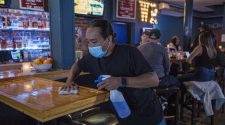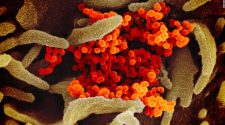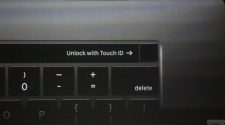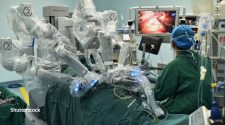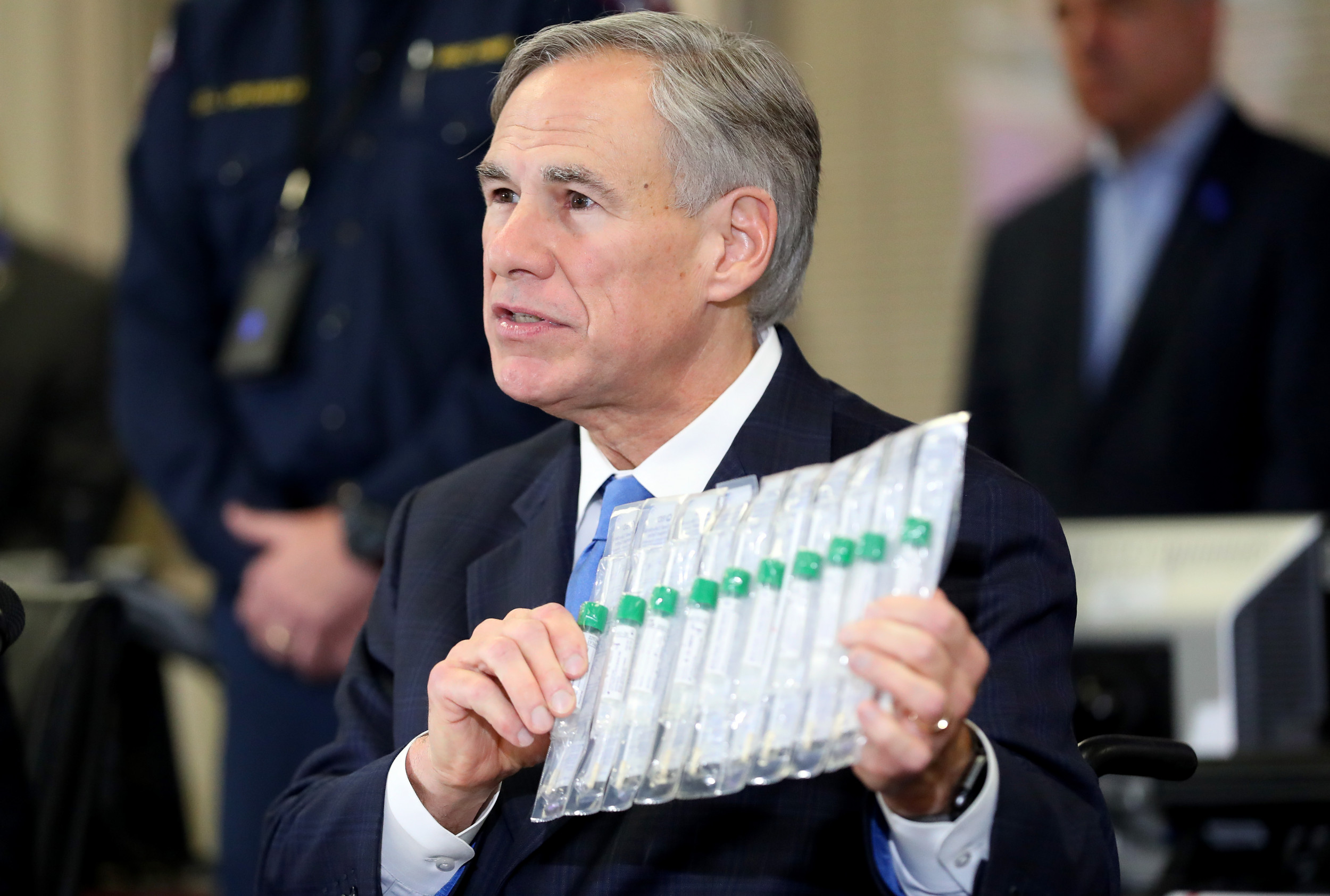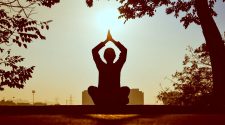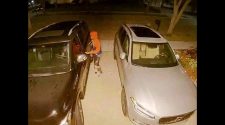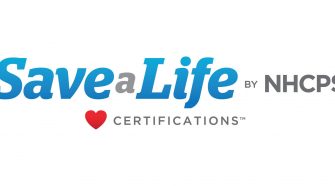Republican governor of Texas, Greg Abbott, announced Friday afternoon that he planned to sign an executive order that would lift the coronavirus lockdown in a “safe” way, allowing businesses to reopen.
Though Gov. Abbott didn’t reveal details about the executive order, he said he’s looking into ways to reopen Texas businesses. He promised that details about the executive order will be available next week, but it is expected to provide businesses with a list of guidelines on how to safely reopen.
“We will focus on protecting lives while restoring livelihoods,” Abbott said. “We can and we must do this. We can do both, expand and restore the livelihoods that Texans want to have by helping them return to work. One thing about Texans, they enjoy working and they want to get back into the workforce. We have to come up with strategies on how we can do this safely.”
“We will operate strategically,” Abbott added. “If we do it too fast without appropriate strategies, it will lead to another potential closure.”
Newsweek reached out to the Centers for Disease Control and Prevention for comment.
Abbott also promised testing for the coronavirus that causes the disease COVID-19 would be part of the plan. On Wednesday, the governor announced that Walgreens locations would soon offer a test that can be administered via the drive-thru window, and will provide results within 15 minutes. Abbott estimates that each Walgreens store could test as many as 3,000 people a day. The tests are developed by Abbott Labs; despite the similar name, Gov. Abbott has no connection to the company.

Tom Pennington/Getty
Abbott also announced updated statistics for COVID-19’s effect on Texas. Approximately 116,000 Texans have been tested for coronavirus; of those, 11,449 tested positive. Texas has seen 221 COVID-19 related deaths, 1,532 hospitalizations and 1,336 recoveries from the disease. To be considered recovered, a previously-infected person must go 14 days without the virus in their system. Abbott also said that Texas had 7,834 ventilators available.
Currently, Texas is under a stay-at-home order closing non-essential businesses and dine-in restaurants which is due to last until April 30. Abbott did not reveal an updated timeline for reopening Texas. President Donald Trump came under fire last month for saying he hoped to reopen the United States by Easter, April 12. He later backtracked on these comments, and Trump now says he hopes the country can open by early May.
Though Dr. Anthony Fauci, director of the National Institute of Allergy and Infectious Diseases (NIAID) and member of Trump’s coronavirus task force, has argued in favor of a nationwide lockdown to stop COVID-19 from spreading, Trump has refused to do so.
“We can’t have the cure be worse than the problem,” Trump said on March 23. “We have to open our country because that causes problems that, in my opinion, could be far bigger problems.”
The graphic below, provided by Statista, illustrates the spread of COVID-19 across the United States.

Statista
Centers for Disease Control and Prevention Advice on Using Face Coverings to Slow Spread of COVID-19
- CDC recommends wearing a cloth face covering in public where social distancing measures are difficult to maintain.
- A simple cloth face covering can help slow the spread of the virus by those infected and by those who do not exhibit symptoms.
- Cloth face coverings can be fashioned from household items. Guides are offered by the CDC. (https://www.cdc.gov/coronavirus/2019-ncov/prevent-getting-sick/diy-cloth-face-coverings.html)
- Cloth face coverings should be washed regularly. A washing machine will suffice.
- Practice safe removal of face coverings by not touching eyes, nose, and mouth, and wash hands immediately after removing the covering.
World Health Organization advice for avoiding spread of coronavirus disease (COVID-19)
Hygiene advice
- Clean hands frequently with soap and water, or alcohol-based hand rub.
- Wash hands after coughing or sneezing; when caring for the sick; before, during and after food preparation; before eating; after using the toilet; when hands are visibly dirty; and after handling animals or waste.
- Maintain at least 1 meter (3 feet) distance from anyone who is coughing or sneezing.
- Avoid touching your hands, nose and mouth. Do not spit in public.
- Cover your mouth and nose with a tissue or bent elbow when coughing or sneezing. Discard the tissue immediately and clean your hands.
Medical advice
- Avoid close contact with others if you have any symptoms.
- Stay at home if you feel unwell, even with mild symptoms such as headache and runny nose, to avoid potential spread of the disease to medical facilities and other people.
- If you develop serious symptoms (fever, cough, difficulty breathing) seek medical care early and contact local health authorities in advance.
- Note any recent contact with others and travel details to provide to authorities who can trace and prevent spread of the disease.
- Stay up to date on COVID-19 developments issued by health authorities and follow their guidance.
Mask and glove usage
- Healthy individuals only need to wear a mask if taking care of a sick person.
- Wear a mask if you are coughing or sneezing.
- Masks are effective when used in combination with frequent hand cleaning.
- Do not touch the mask while wearing it. Clean hands if you touch the mask.
- Learn how to properly put on, remove and dispose of masks. Clean hands after disposing of the mask.
- Do not reuse single-use masks.
- Regularly washing bare hands is more effective against catching COVID-19 than wearing rubber gloves.
- The COVID-19 virus can still be picked up on rubber gloves and transmitted by touching your face.


